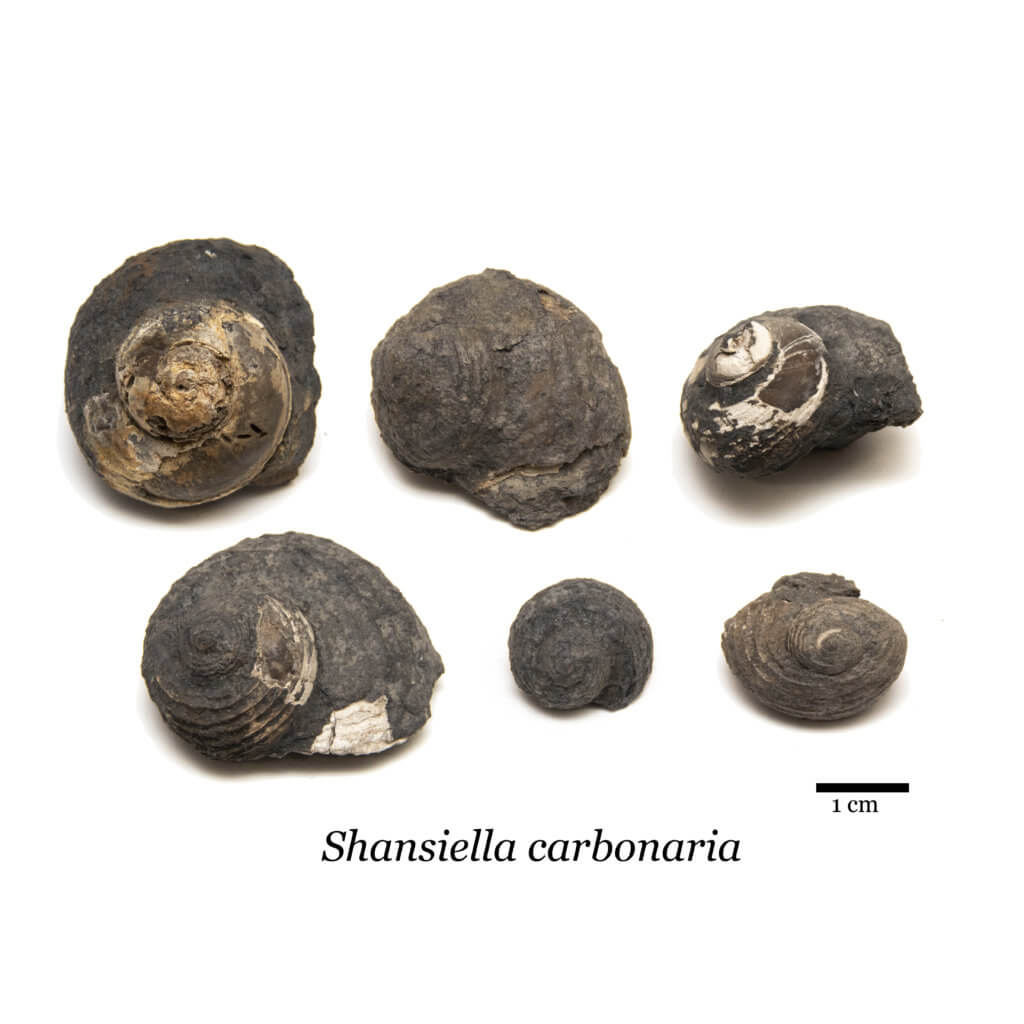This post is about particular specimens of Shansiella carbonaria. If you want to know more about the species, please read our research article Shansiella carbonaria. A comprehensive article about the origins of the genus with several plates and figures.
The Paleozoic gastropod (snail) Shansiella carbonaria (Yin 1932) is a common find in the Pine Creek limestone locality I search in Armstrong County. Specimens are easy to come by, and each is unique and visually pleasing to examine. Norwood & Pratten described this medium-sized snail more than 160 years ago as Pleurotomaria carbonaria.
Recently I added six new specimens to the fossil catalog. There were four medium-sized specimens and two small. Each was unmistakable as S. carbonaria. The species is easy to identify, with a raised cord ornamentation that runs parallel along the whorls. This ornamentation is visible over all the shell material. In addition, there is supposed to be a small slit at the aperture. However, it’s typically broken off in recovered specimens.
Before I describe the new additions, let’s look at the original description.
PLEUROTOMARIA.
P. CARBONARIA, nob. — PI. IX. fig. 8.
Shell of medium size. Length, 1 inch; breadth, 1 l-20th inch. Whorls five, rounded, covered with strongly raised, sharp, longitudinal ribs, the grooves or furrows between which are rounded, and much broader than the ribs themselves. The sinus consists merely of a broader groove, in which there are two or three raised ribs similar to those on the remainder of the shell, but much smaller. On the inferior half of each whorl, below the sinus, both the ribs and furrows are much smaller than those on the upper portion Mouth nearly semicircular; lip sharp.
Geological Position and Locality. — This species appears to be very rare, having been found only at Rock Creek, Williamson County, Illinois, where it occurs in a black, carbonaceous shale, belonging to the coal measures.
Explanation of the Figure. — PL IX. fig. 8. View of the front and left side of an adult specimen.
Illinois State Collection.

Descriptions of additions to the catalog
I added the following group of six specimens to the catalog simultaneously. Four are medium-sized shells, and two ARE small shells. Four specimens appear to be morphometrically correct, while two are crushed. One is vertical; the other one is horizontal. The corded parallel shell ornamentation is visible on all specimens.
CG-0185 – Shansiella carbonaria (Yin 1932)
Medium-sized shell. The specimen consists of three and a half complete whorls. Half of this specimen appears to have undergone chemical alteration, perhaps from environmental exposure. This has exposed the first three whorls, with only the last half-whorl showing the corded ornamentation. The broken portion near the aperture reveals a thick shell wall.
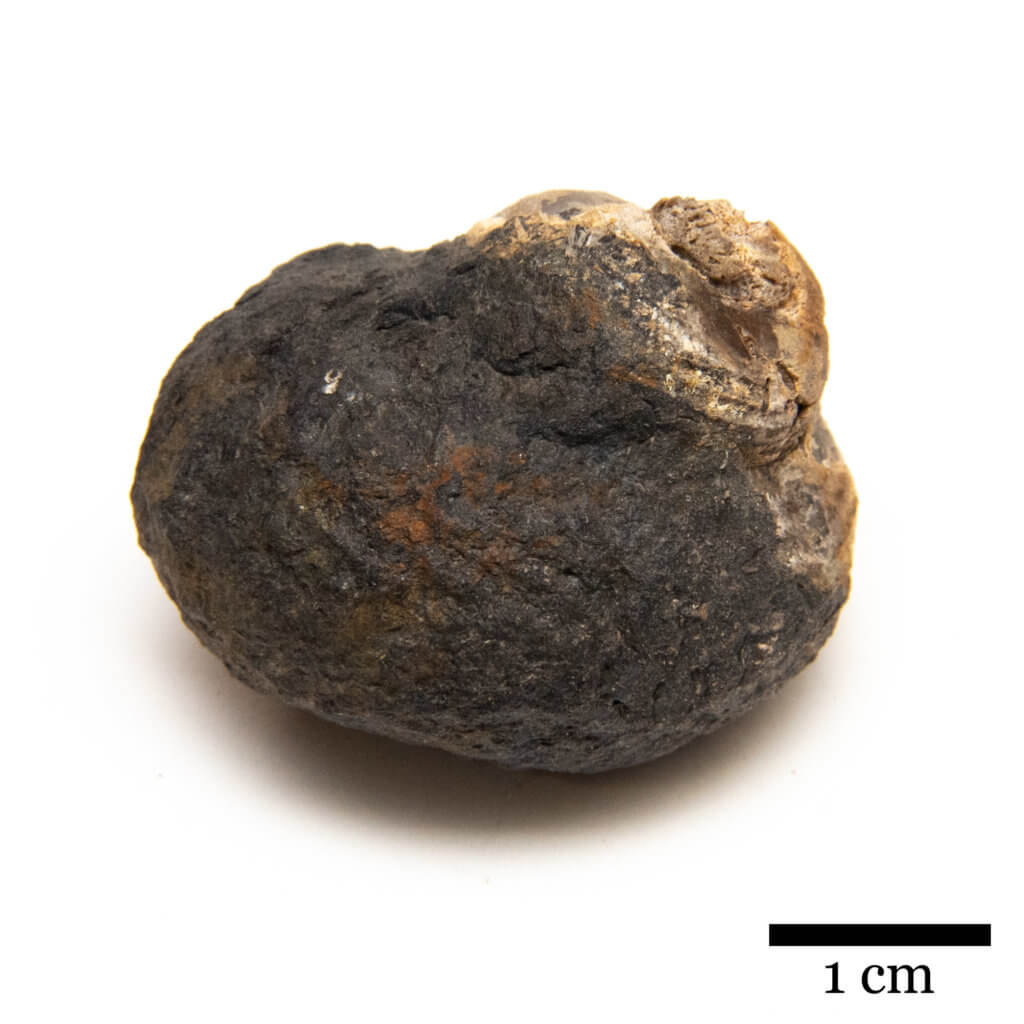
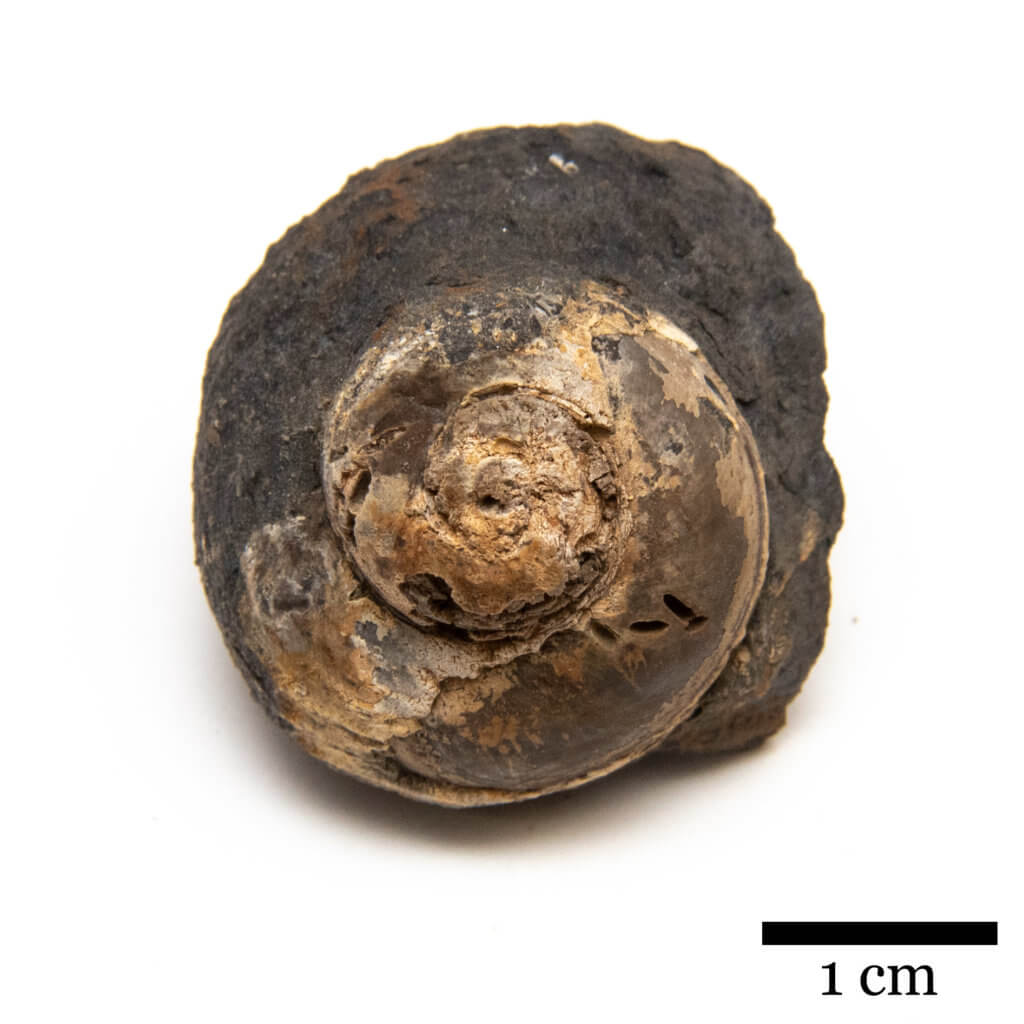
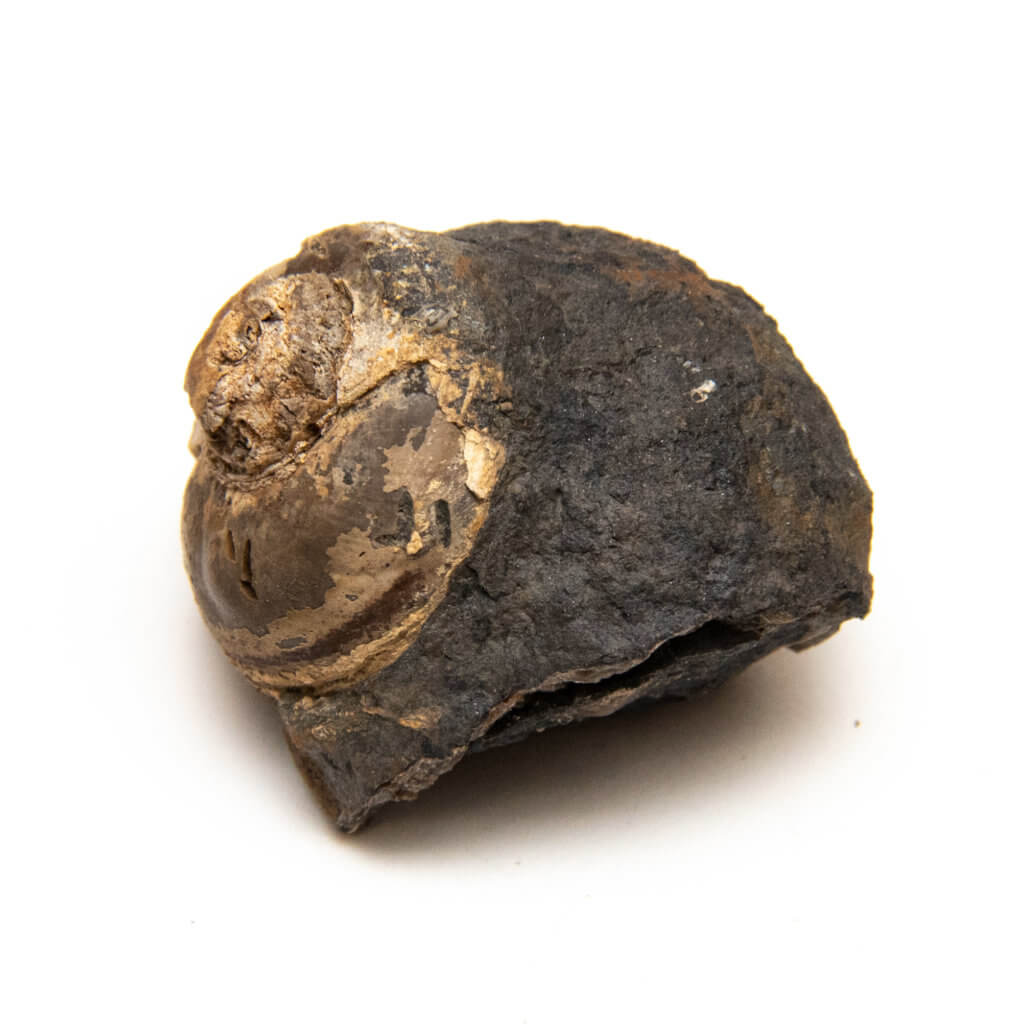
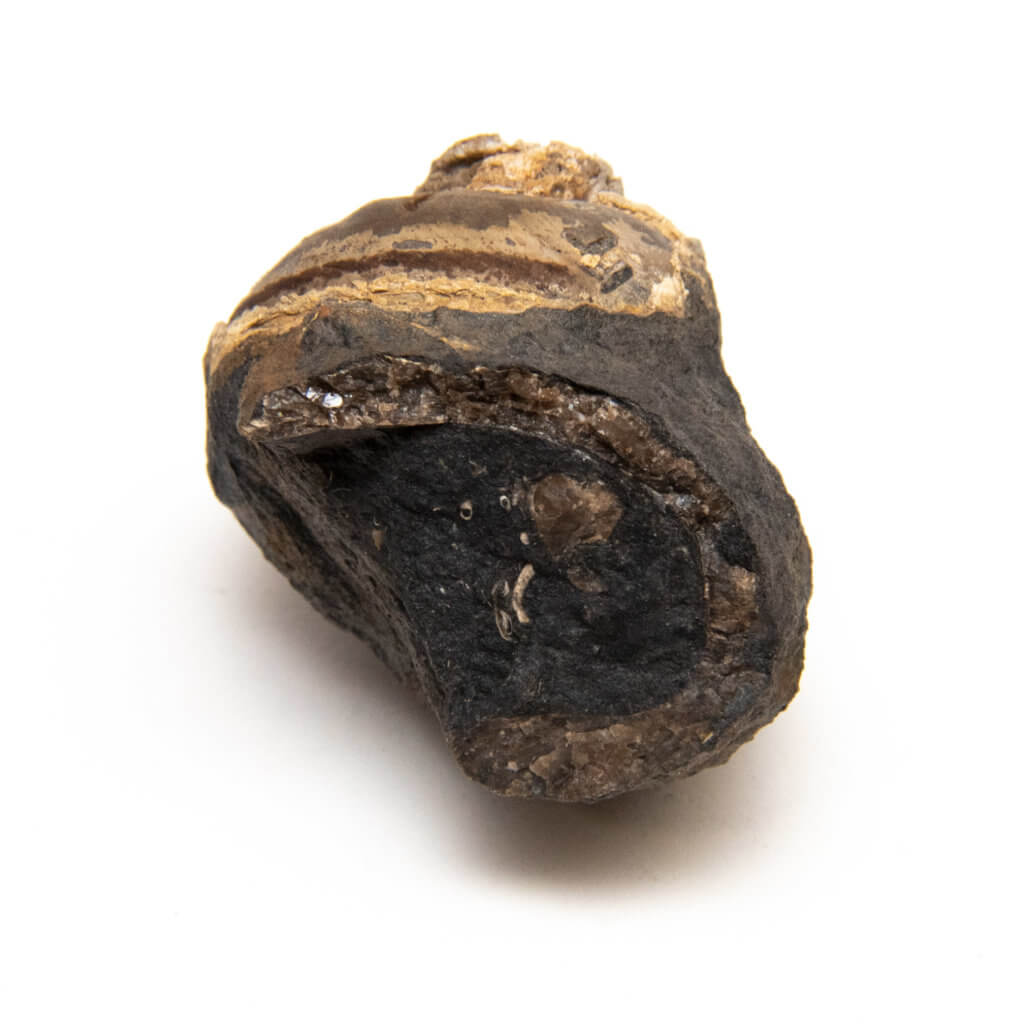

CG-0186 – Shansiella carbonaria (Yin 1932)
The specimen has a medium-sized shell. There are three or more complete whorls, and the spire details are challenging to determine. Ornamentation is visible across the entire surface—some chemical alteration of the last whorl. The fossil shell material is missing along the last 4-5 mm of the whorl. The underside is unremarkable.
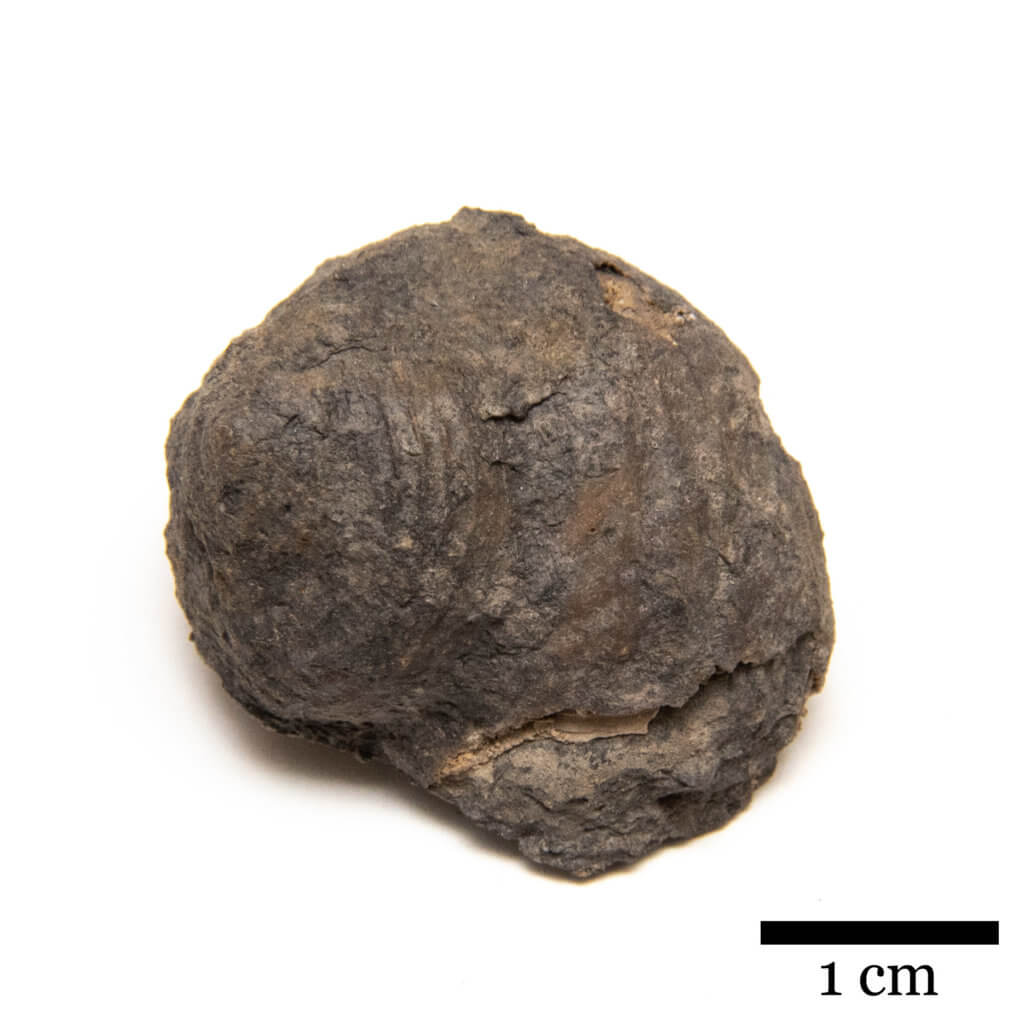
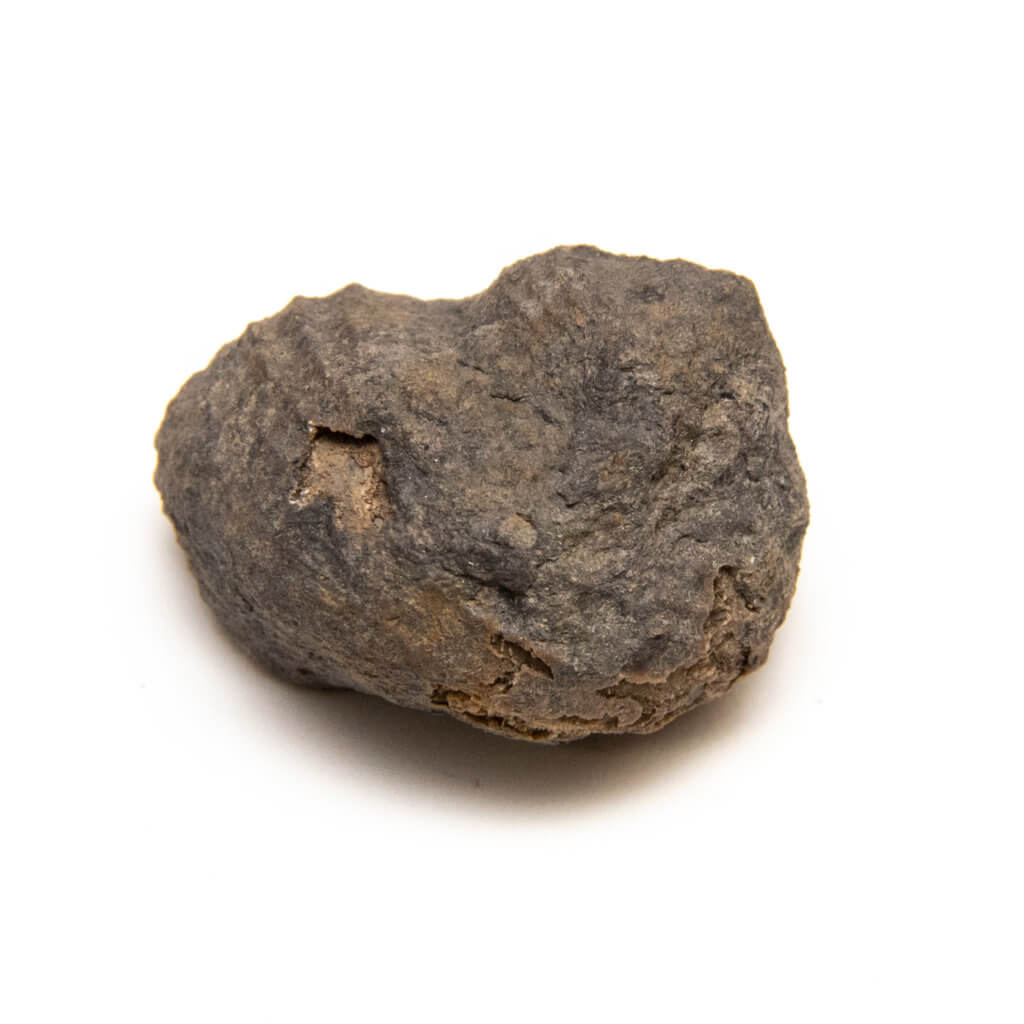
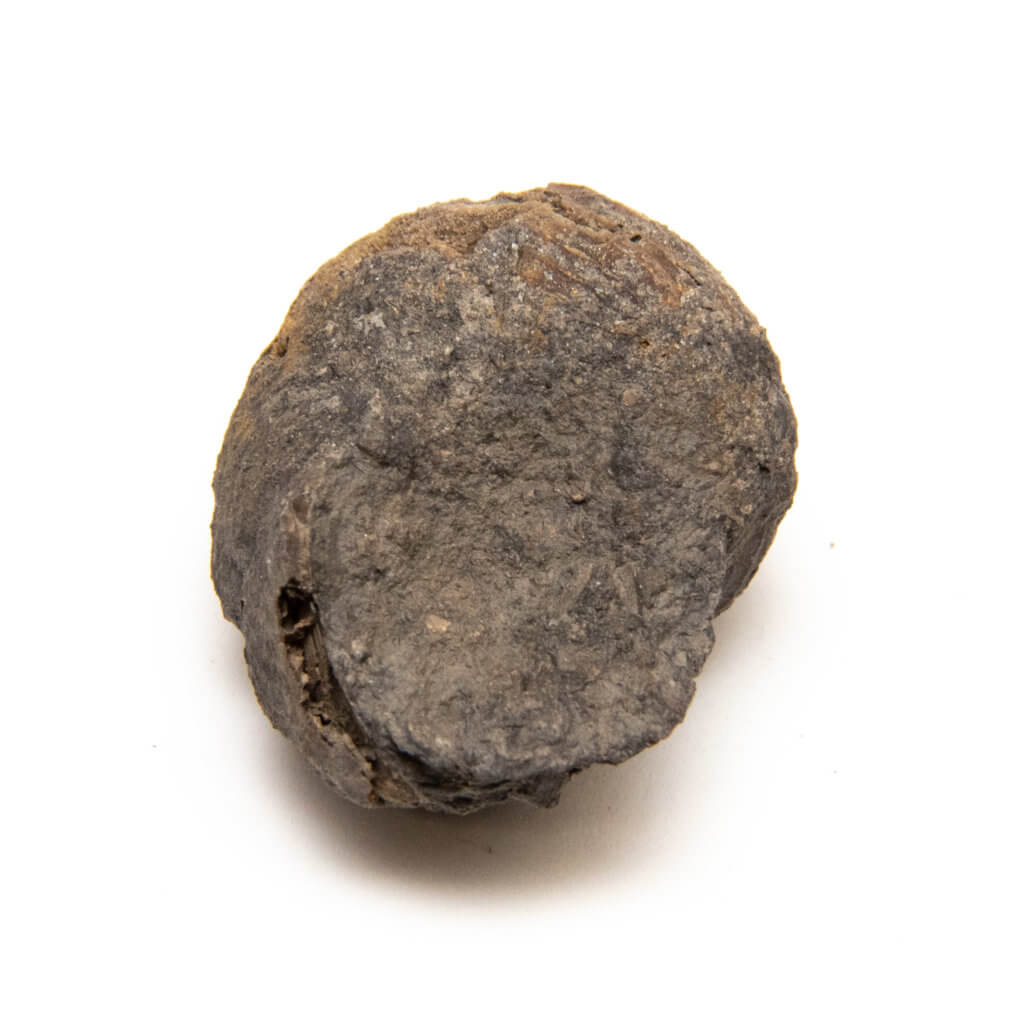
CG-0187 – Shansiella carbonaria (Yin 1932)
The specimen has three complete whorls—a medium-sized shell. The top of the spire is broken. Shell ornamentation is absent from the first 1 1/2 whorls. The underside is unremarkable.
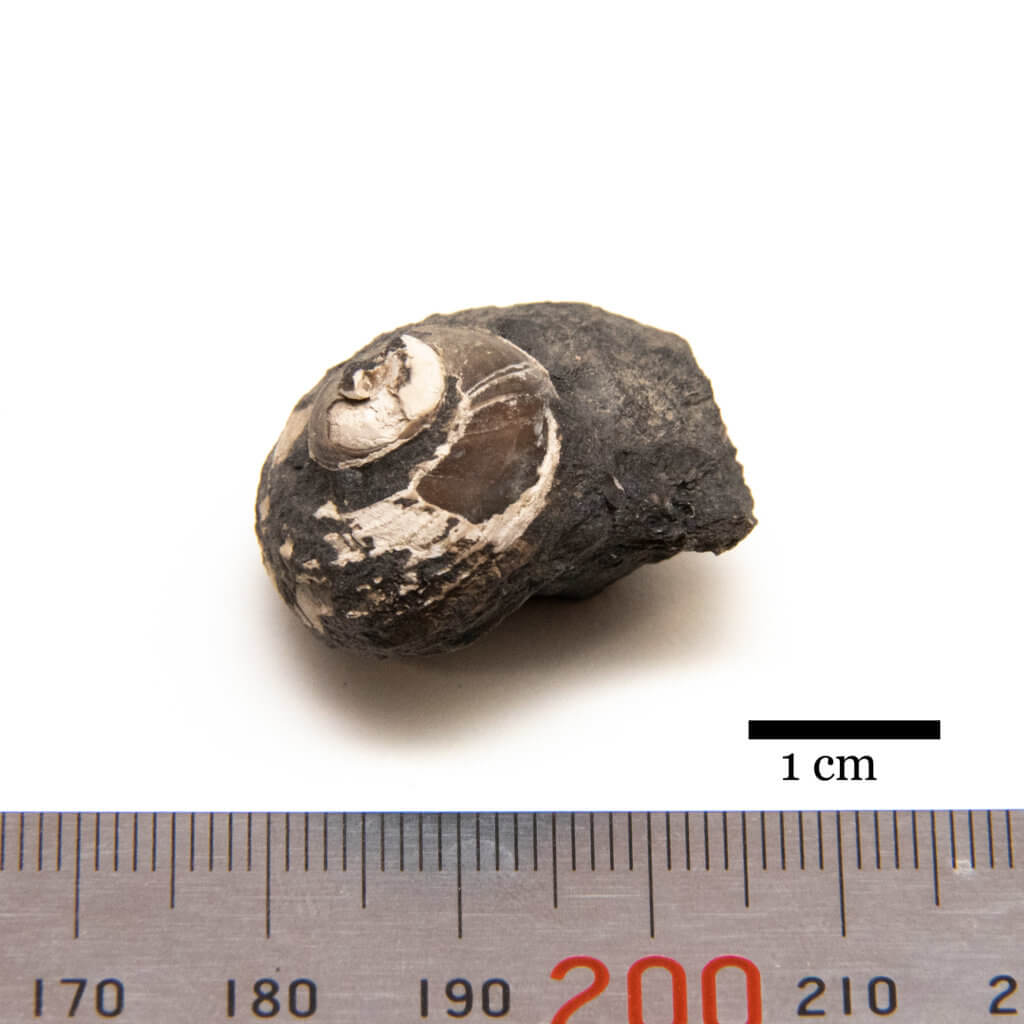
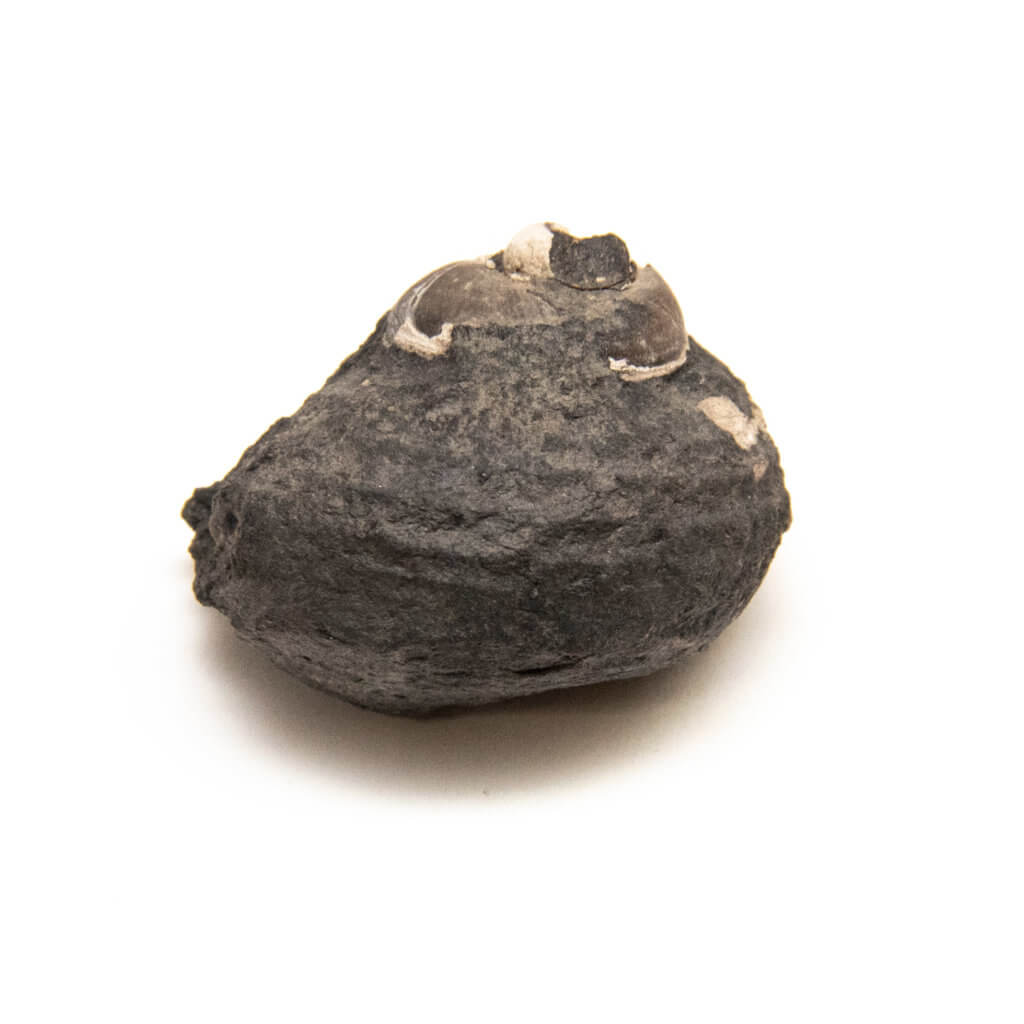
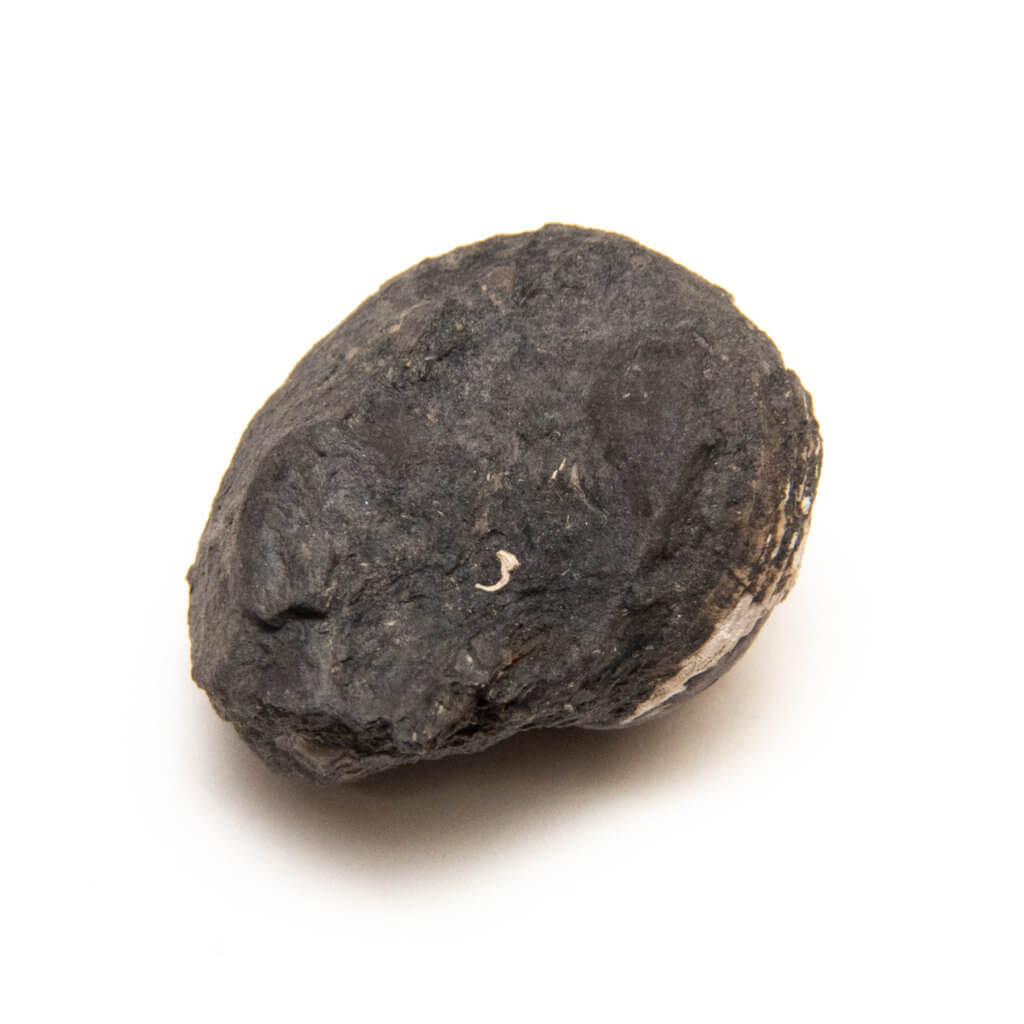
CG-0188 – Shansiella carbonaria (Yin 1932)
The specimen consists of four complete whorls. It is compressed vertically, with the final whorl being less than 1/2 the height of a typical whorl of this size. Portions of the shell are apparent, showing the white shell surface distinct from clean specimens from this horizon. The underside is unremarkable.
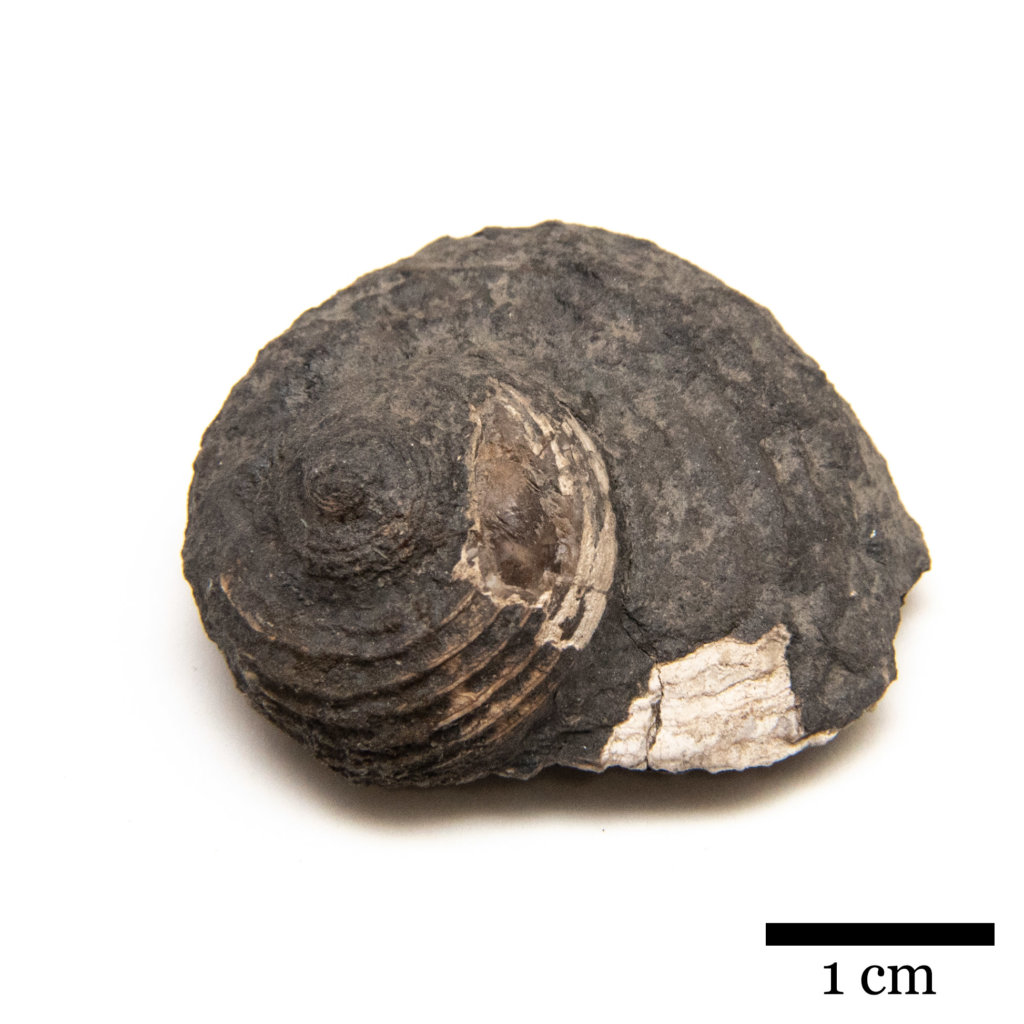
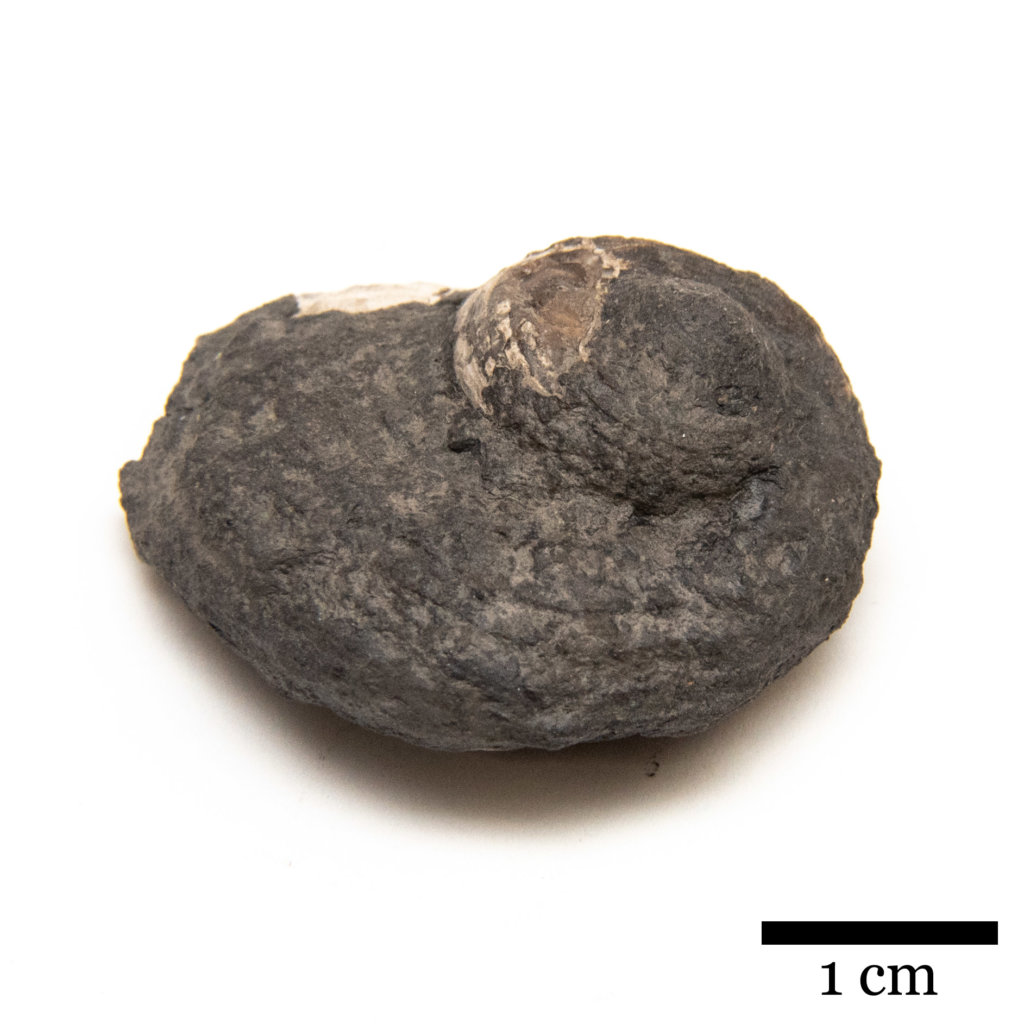
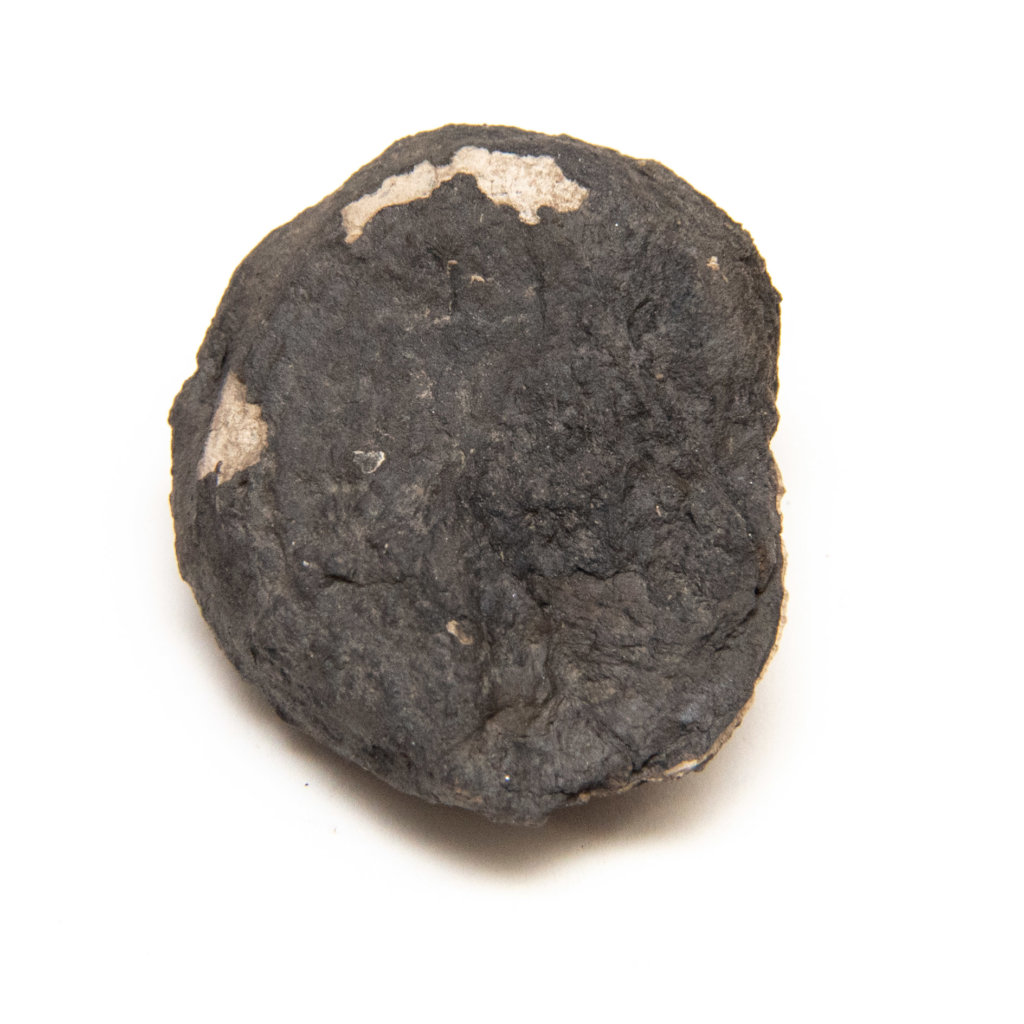
CG-0189 – Shansiella carbonaria (Yin 1932)
Small shell. It appears to be four complete whorls with small spire details discernable. Corded shell ornamentation is available across all whorls. The underside shows ornament as well, with the final whorl opening visible. The correct aperture is likely absent.
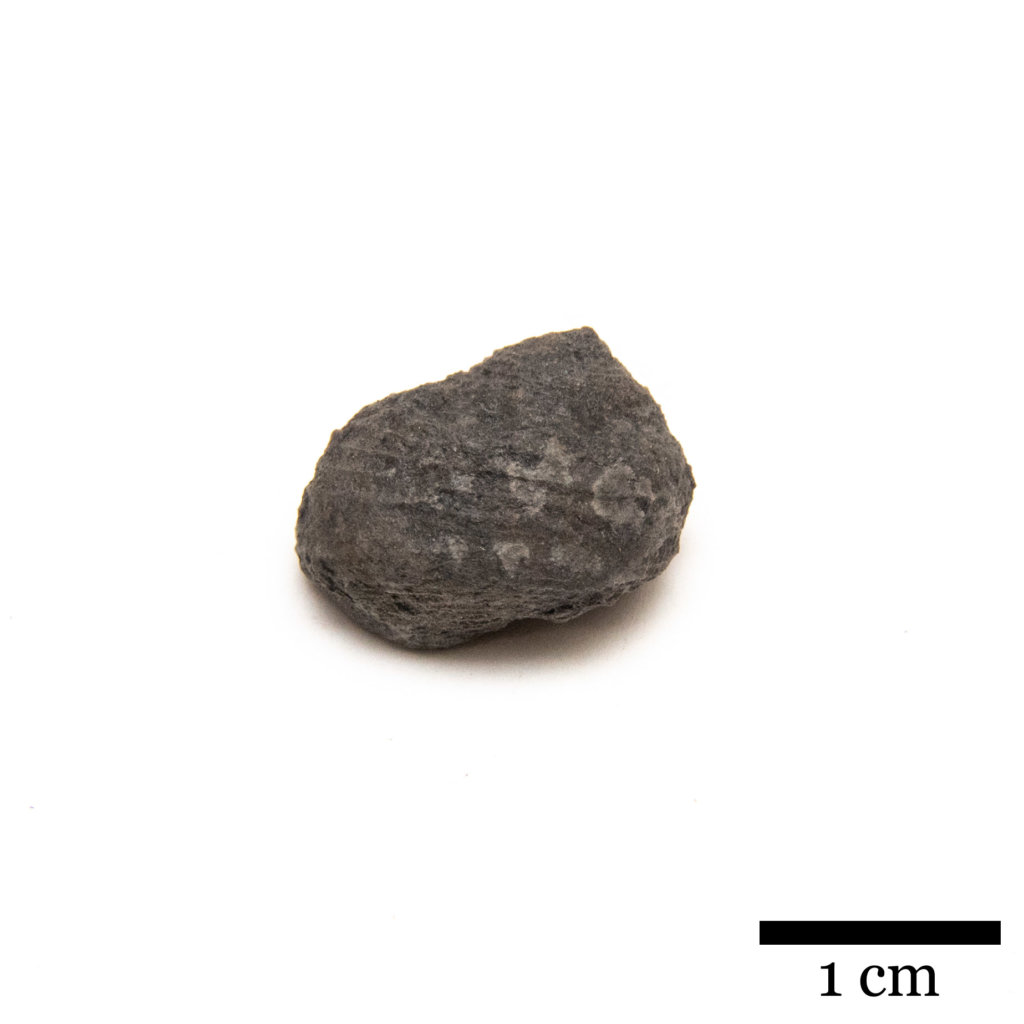
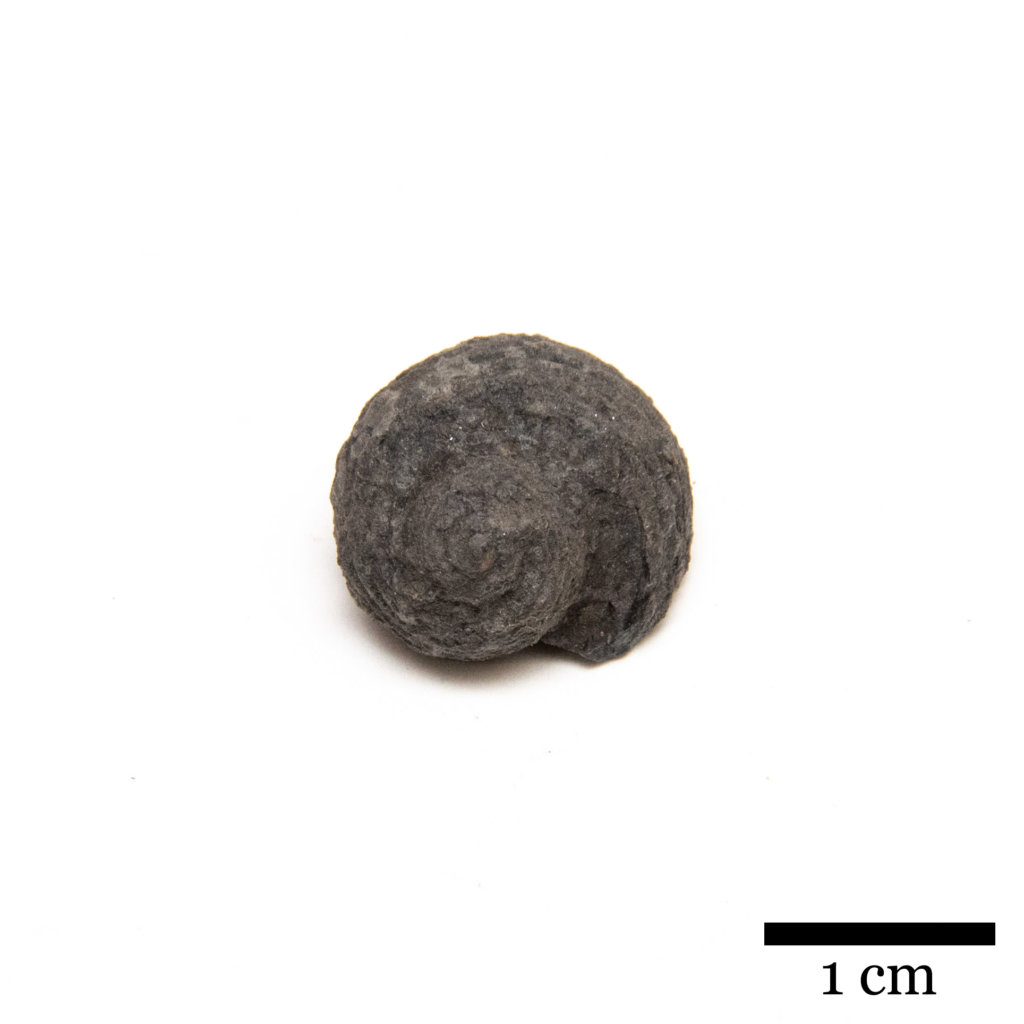
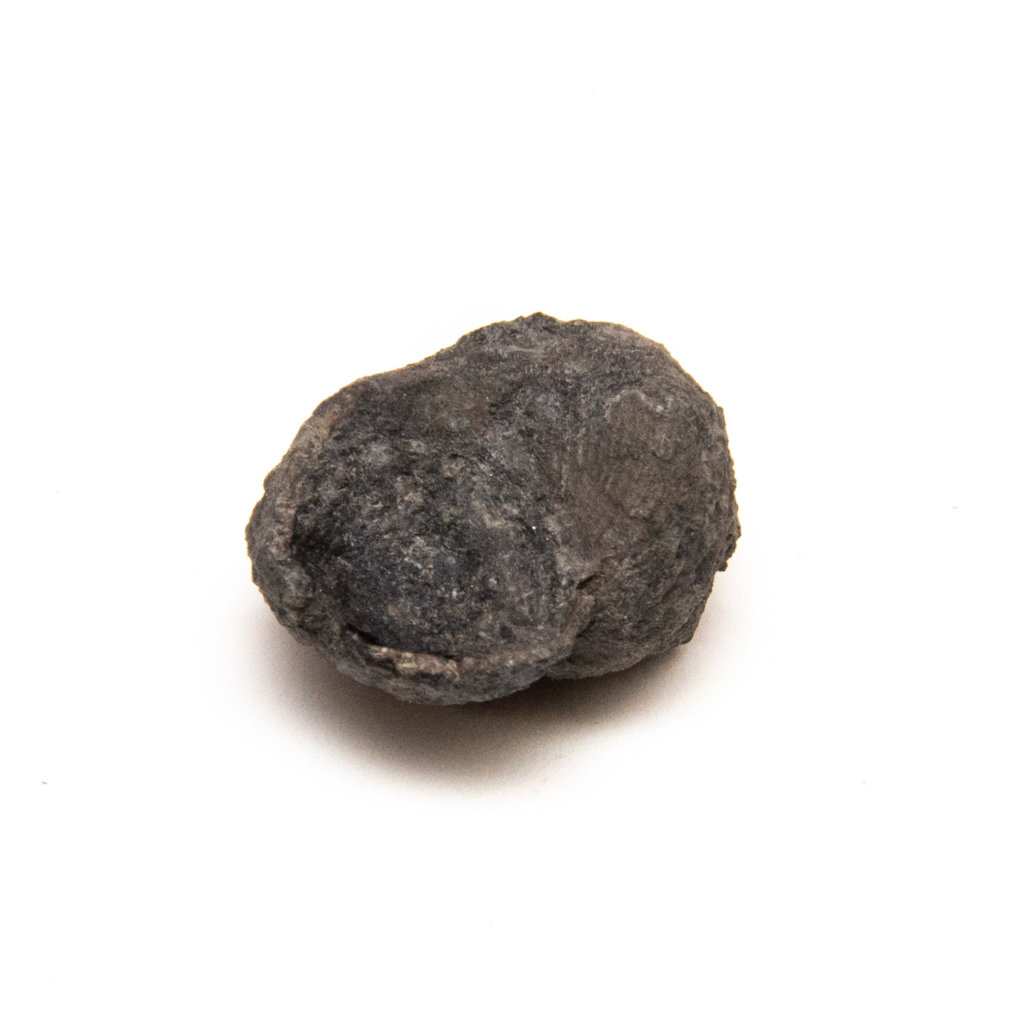
CG-0190 – Shansiella carbonaria (Yin 1932)
Small specimen. The shell is crushed horizontally along the axis. It consists of at least three complete whorls. The most noticeable crushing is of the final whorl, with a discernable break in the last whorl. Its underside is well detailed, with the ornamental ribs visible. The specimen may have some extra matrix attached to the final whorl or be part of the internal limestone steinkern.
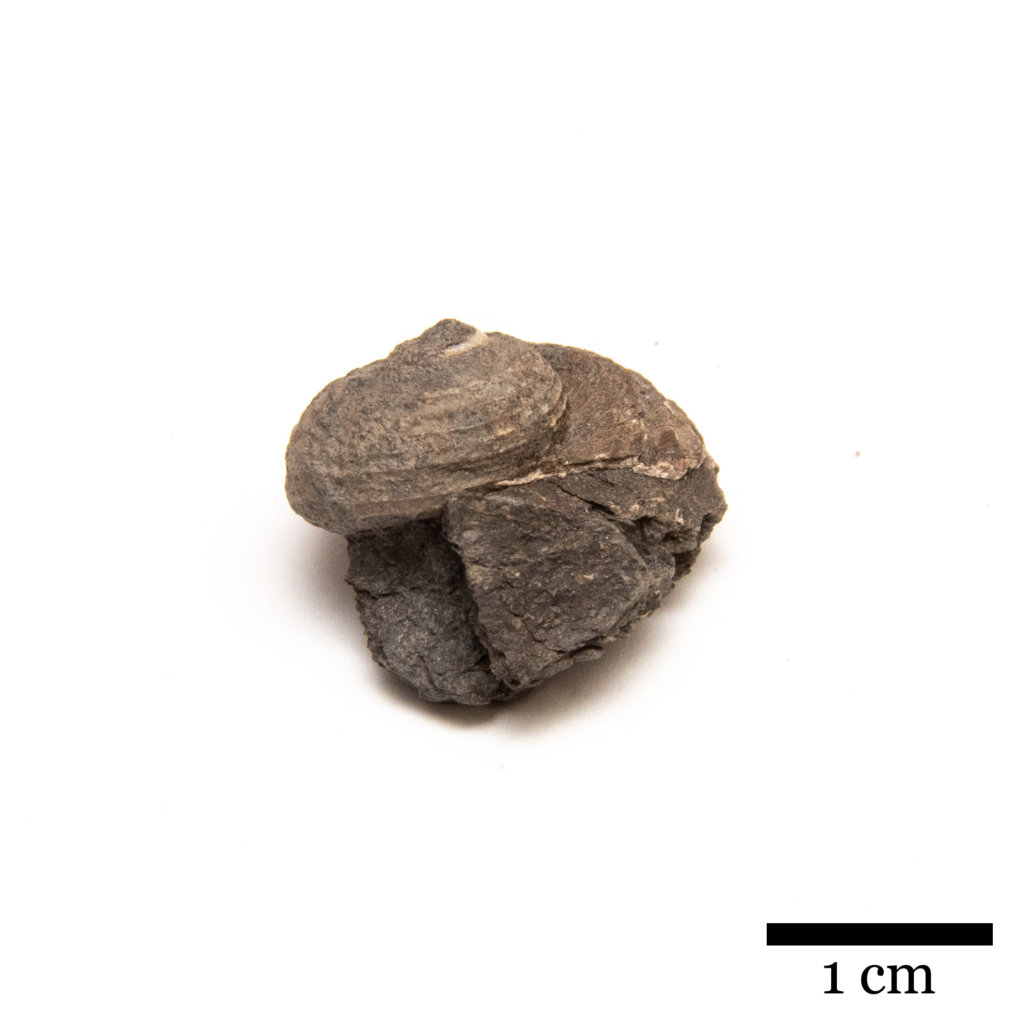
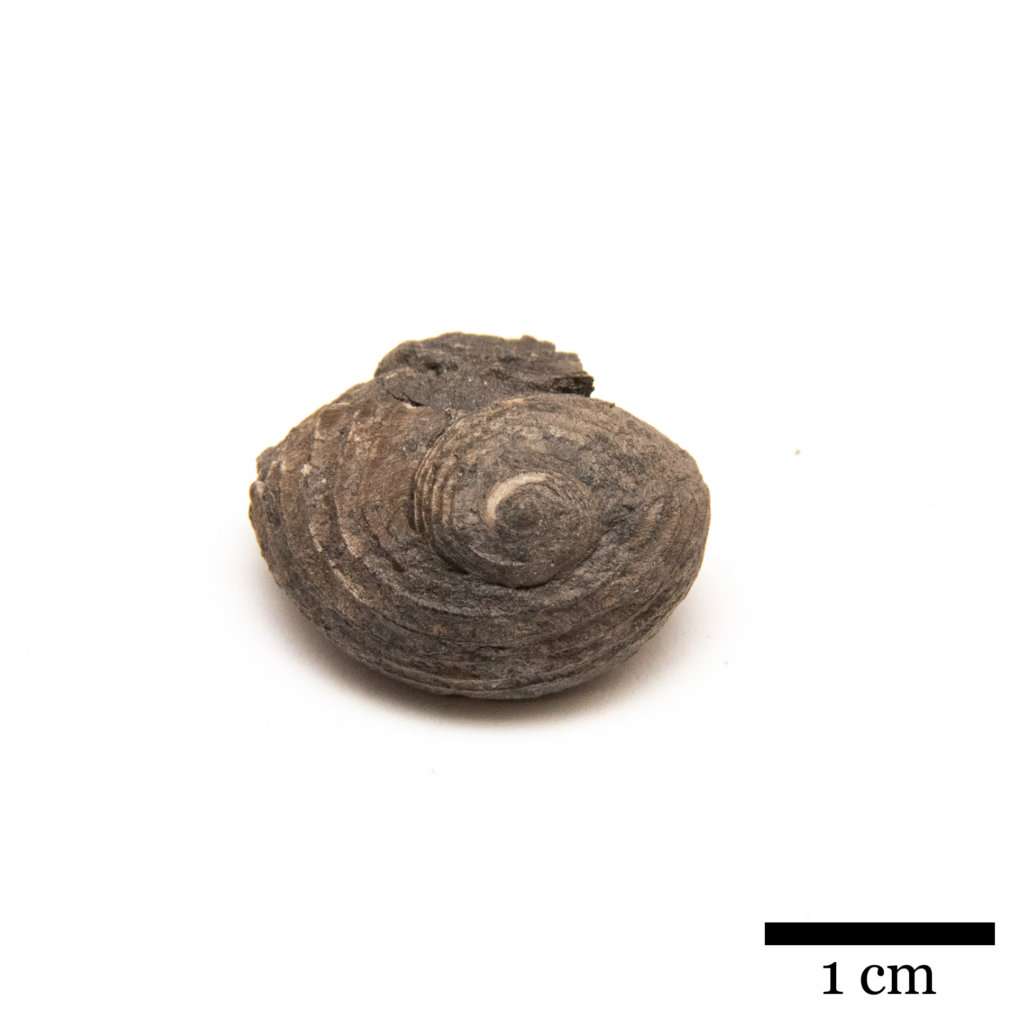
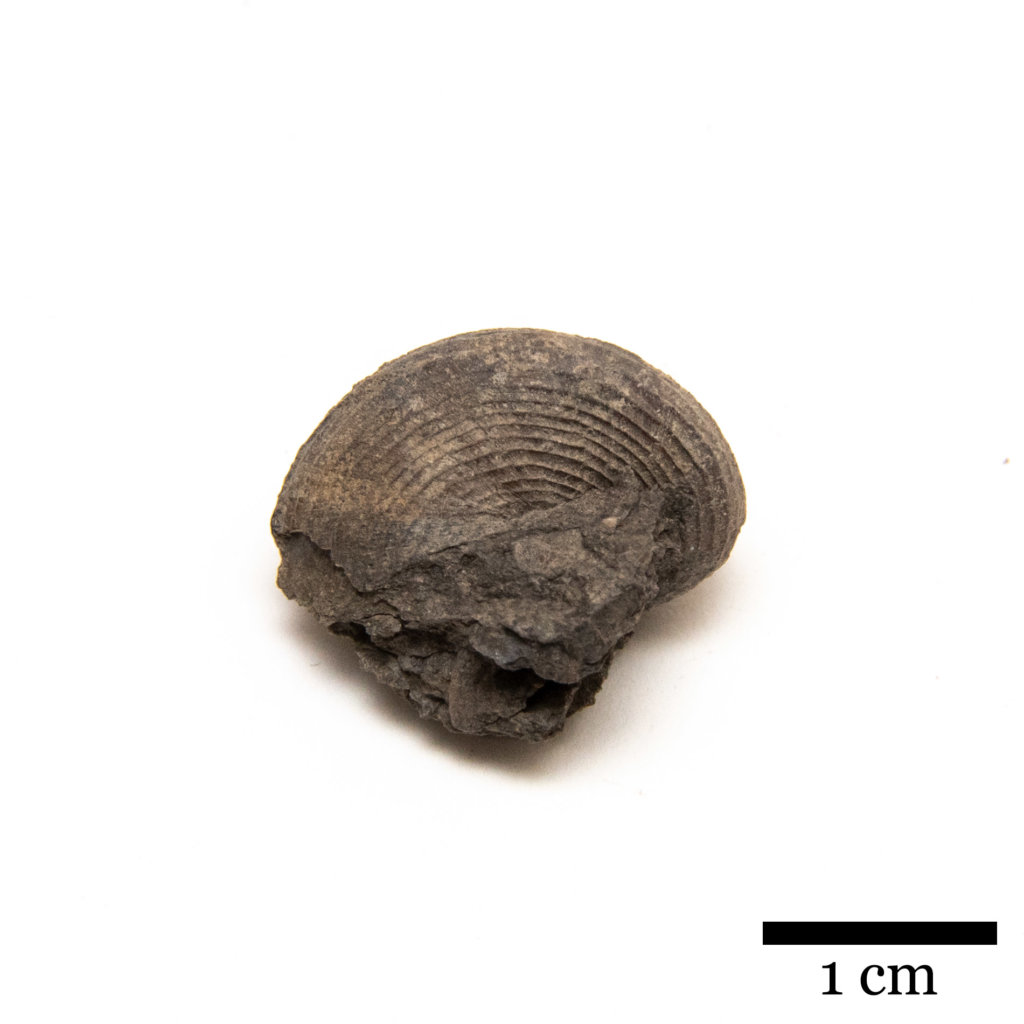
References
- 1855, Norwood, J. G., and H. Pratten, H., Notice of fossils from the Carboniferous Series of the western states belonging to the genera Spirifer, Bellerophon, Pleurotomaria, Macrocheilus, Natica, and Loxonema, with descriptions of eight new characteristic species. Journal of the Academy of Natural Sciences of Philadelphia 3:71-77


